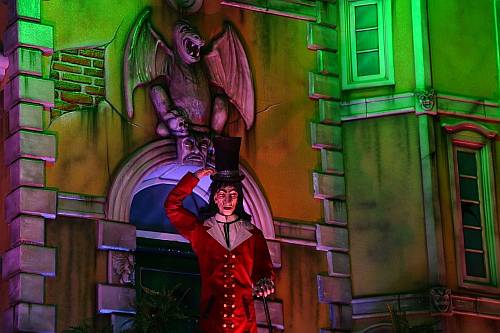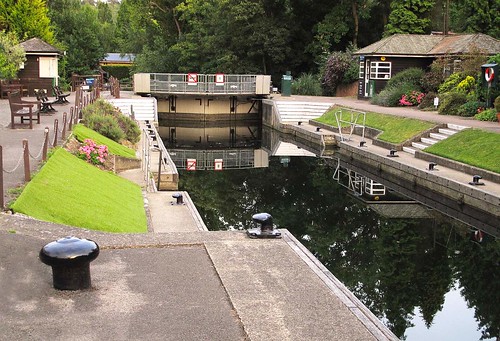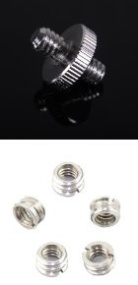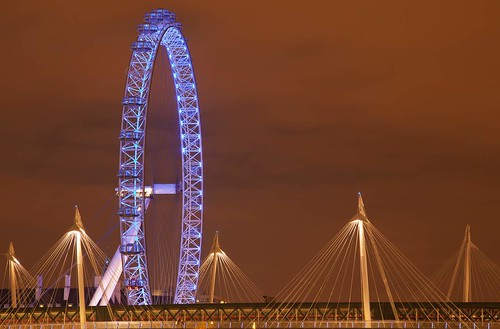
Seven deadly sins of photography – it will catch up with you!
Some things you should be careful about…
Photography is full of pitfalls! You will come across them. Keep your eyes wide open. In the meantime here are some of the obvious sins that create problems for all the unwary…
Lust
Drooling over the latest release of some mega-technological update of the latest camera, lens, equipment… Then actually buying it because you think it will make you a photographer! Every photographer has suffered from equipment lust. Not one photographer, ever, has become a great photographer because they have suddenly purchased the latest and most expensive equipment. All that will happen if you succumb is that you will be the same photographer with less money in your pocket. Concentrate on getting better with what you already own. When your excellence surpasses the ability of the camera to show it, then consider moving to something new.
Pride
Carrying your equipment as a badge… If you buy equipment because it looks good, or shows off your purchasing prowess you are misguided. Successful photographers carry equipment because they need it for the shoot. Your pictures will be much better if you buy equipment only because it is necessary. Then use it until it falls apart. Your photography will improve, your pocket will thank you.
Sloth
Not using the equipment you have… If you have the equipment you are not a photographer unless you use it. If you stay in bed and don’t take photographs your photography will stagnate. Get up early, stay up late, travel to distant locations, take thousands of pictures and make lots of friends who also shoot pictures. The only way to enjoy photography is to get out there and do it. Then your photography will improve.
Envy
Being jealous of someone else’s equipment, photographs, ability, lights, job, whatever.. This is a shameful waste of your own time and ability. There is no better camera in the world than the one you own. Your own ability and skill will increase if you spend the time focussing on your photography. Share with others what you enjoy, and enjoy what you have. That way your photography will benefit directly from attention to your own improvement.
Gluttony
Buying more and more equipment, because its on sale, because its new, because it’s, well, photography equipment… Just because it is photography equipment does not make it good. Just because it is cheap does not make it worthwhile. Just because it is on sale does not mean you have to buy it. Good equipment should be well made, well designed and last a long time. Research your needs very well. Question your motives for every purchase. See if you can borrow something to try it first. Buy only what you need every day for your photography. Anything else you can probably do without.
Wrath
Hating on others because… The “Other” camera manufacturers products are not to your taste. If someone has something that is not your thing, or they shout about how good it is, then there is only one response. Celebrate the fact they are photographers. Express joy for their ownership. Rejoice with them over their successes. Getting angry about things you have no control over will do nothing for your photography. It will certainly do nothing to help you make friends. Concentrate on working with your own equipment, your own ability and take joy in your successes too. Then your focus will be on improving your photography. Stay with that.
Greed
Wanting it all now… No amount of wanting will give you what you want now. Money may buy the equipment, if you have the money. If you don’t then save up for it. There is very little money in photography. So make sure you fund the purchases you make with readily available cash. Debt will do nothing for your photography. It will reduce your ability to get to locations and take photographs. Instead, work consistently for well formulated goals. Set up a savings fund to ensure you get what you really need. Concentrate on what you need to do to improve and focus on working with what you have got. If you work and plan for your improvement what you want will come in time and with step by step positive action.
Being a better photographer…
Is really about being a better person. Great photographers have great insights. Those only come with introspection, self-improvement and concentrated, goal directed work. Oh, and you should enjoy yourself too!









